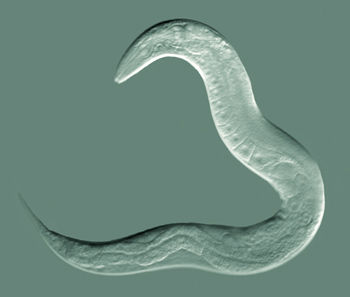
Neuroscientists are always looking for new and interesting ways to manipulate individual neurons and neural networks– shooting magnetic waves at our brains may be the best route yet.
Research in recent years has produced measures for producing and silencing activity of neural regions, which are far more efficacious than classical physiological measures, i.e. electroshocking brain material. “Optometrics,” is the technology of shooting certain light at neural tissue to produce a reaction. This method is attractive because it is far more noninvasive and precise than previous techniques; however, due to the thickness of of our skulls, Optometric techniques can only pierce topical brain tissue, leaving much of the interesting brain organs (the Limbic system, by example) out of purview. This is unless researchers drill holes through the skull to implant light carrying fibers to specific regions– but any process that leaves holes in the subject’s skull seems to defy the notion of, “noninvasive.”
And this is where the nanoparticles come in.
Arnd Pralle and colleagues out of the University of Buffalo reported a new (and mostly noninvasive) method, described as, “Magnetogenetic.” The researchers combined manganese ferrite nanoparticles with proteins on the membrane of certain cells that have been genetically altered to express the temperature-sensitive transient receptor potential V1 (TRPV1) ion channel. Or, in simpler terms, Pralle and colleagues placed nanoparticles within specific sites, which, when exposed to heat, create activity. See, neurons need to be provoked in order to fire. This provocation usually comes in the form of a “neurotransmitter;” neurotransmitters are released from one end of a neuron- which alters the calcium ion balance of the extracellular space – and is taken up by another neuron. It is the process of endless chattering neurons that is responsible for all our thoughts and actions.
Instead of releasing an egregious amount of your average neurotransmitter (dopamine, for example), these researchers opted, instead, to take a “hyrbid” approach, first genetically engineering certain cell proteins to be heat activated, and then supplied the, “membranetargeted superparamagnetic nanoparticles.” When the particles are exposed to a magnetic field that is continuously switching their magnetization it causes these particles to increase in heat– and this heat- coupled with the genetically engineered, heat sensitive neurons- causes activation in the affected part of the brain.
The technique was tested on the species of flatworm , C. elegans ( a mainstay species for biological experimentation). Researchers placed nanoparticles on the ends of thermosensory neurons in the head regions of the worms. Exposing the worms to a magnetic field activated the nanoparticles, which activated the neurons and caused the worms to perform a “thermal avoidance reflex, “ by moving backwards.

Notably, also, are the immediate possibilities to test the Magnetogenetic method on mice, which do not congenitally possess the specific genes required, but have been engineered in the past to accrue the necessary genetics. And this compels one to wonder, firstly, how easy it would be to genetically engineer heat sensitive neurons in humans’ brain, and secondly, just how difficult is it to place nanoparticles in a person’s brain?
Whatever the answer to these questions, it is certain a somewhat crazed neuroscientist has already undertaken the task.






